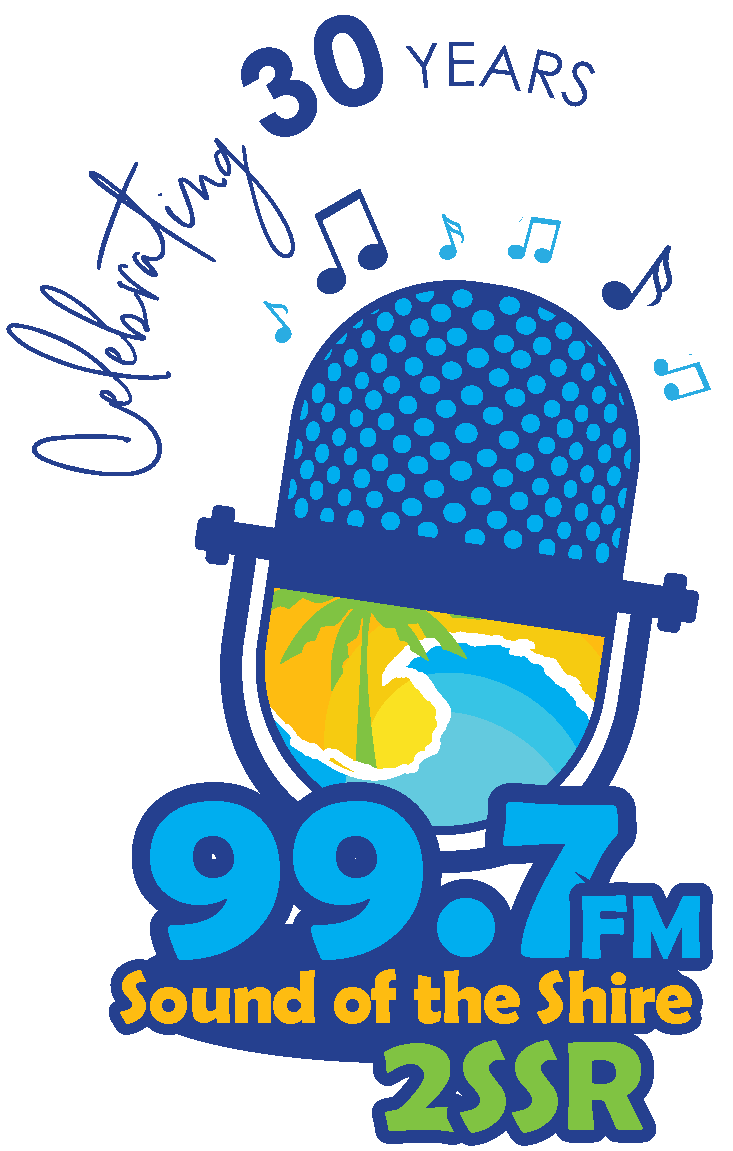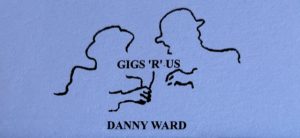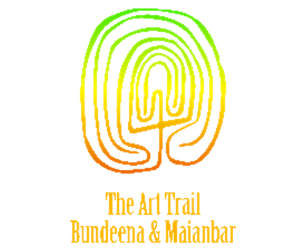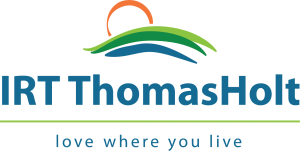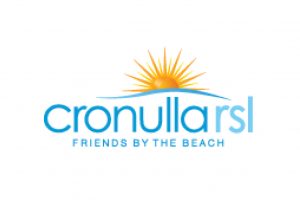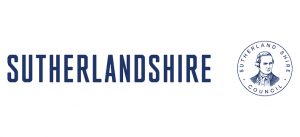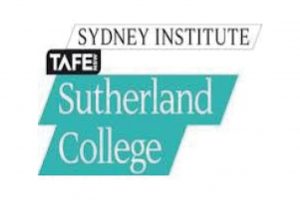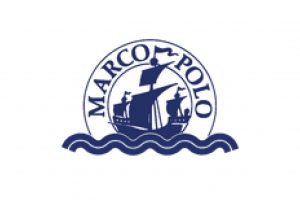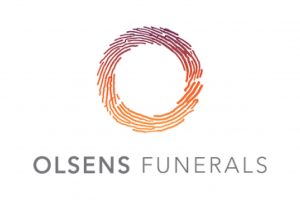 Towra Point Nature Reserve is a nature reserve of 603.3 hectares (1,491 acres) and is located on the southern shores of Botany Bay at Kurnell. It is a Ramsar site (or wetland of international importance), as it is an important breeding ground for many vulnerable, protected, or endangered species. There is also a Towra Point Aquatic Nature Reserve in the surrounding waterways.
Towra Point Nature Reserve is a nature reserve of 603.3 hectares (1,491 acres) and is located on the southern shores of Botany Bay at Kurnell. It is a Ramsar site (or wetland of international importance), as it is an important breeding ground for many vulnerable, protected, or endangered species. There is also a Towra Point Aquatic Nature Reserve in the surrounding waterways.
Kurnell was inhabited by the Dharawal people, and there are three middens (a dump for domestic waste) and one relic that still remain today at the Towra Point Nature Reserve. Captain Cook mapped Botany Bay when he landed in 1770, including Towra Point. Early European colonisers ran horses and cattle on Towra Point, despite the poor condition of the land for such a purpose.
In 1861, Thomas Holt bought Towra Point, and divided it into paddocks for grazing or growing corn. Sheep grazing was particularly disastrous, and many thousands of sheep died of footrot (a hoof infection) and are buried at Towra Point. In the late 1870s, Thomas Holt began oyster farming at Weeney Bay in Towra Point. During World War II, a radar station was established, and a causeway built.
In the 1960s, movements were made to preserve Towra Point – Tom Uren, the then Federal Minister for Urban Affairs, was instrumental in this process. The reserve was bought by the Commonwealth in 1975, attempting to fulfill obligations to JAMBA (Japan Australia Migratory Bird Agreement), which would come into force in April 1981. In 1982, Towra Point was officially made a nature reserve.
It was declared a Ramsar site (or wetland of international importance) in 1984. In 1987, the Towra Point Aquatic Nature Reserve was created, covering 1400 ha in the waterways surrounding Towra Point. Towra Point Nature Reserve also attempts to meet the Federal government’s obligations to CAMBA (China Australia Migratory Bird Agreement), which came into force in 1988.
The Friends of Towra Point volunteer group was founded in February 1997 and they do such activities as bush regeneration, seed collection, vegetation surveys and habitat creation for the Little Tern. They also coordinate the annual Clean Up Australia Day activities at Towra Point. Habitat creation involves sandbagging the eroding Towra Lagoon, nest tagging, and clearing areas around nests.
Source: Wikipedia
